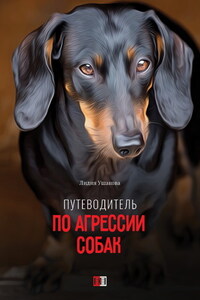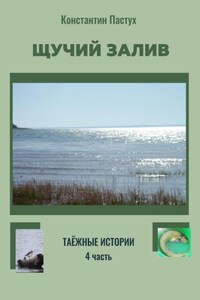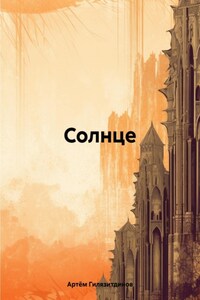JAMES FISHER, M.A.
JOHN GILMOUR, M.A.
JULIAN HUXLEY, M.A., D.SC., F.R.S.
L. DUDLEY STAMP, C.B.E., B.A., D.SC.
PHOTOGRAPHIC EDITOR :
ERIC HOSKING, F.R.P.S.
The aim of this series is to interest the general reader in the wild life of Britain by recapturing the inquiring spirit of the old naturalists. The Editors believe that the natural pride of the British public in the native fauna and flora, to which must be added concern for their conservation, is best fostered by maintaining a high standard of accuracy combined with clarity of exposition in presenting the results of modern scientific research. The plants and animals are described in relation to their homes and habitats and are portrayed in the full beauty of their natural colours, by the latest methods of colour photography and reproduction.
THE Editors of the New Naturalist would wish for no other author of the first bird book in their main series than E. M. Nicholson.
During the present century ornithology has changed from a particular study by a coterie of scientists and privileged amateurs to a much wider subject, with a considerable public following. Nicholson was one of the first to recognise this change. His own interest in birds had developed early; he grew particularly interested in bird territory and ecology through the influence of H. Eliot Howard and others, and was the first British worker seriously to embark upon a proper classification of bird habitats, and an assessment of the populations of common land-birds. His interests have included, and still include, marine ornithology, the comparative and evolutionary study of bird songs and voices, the relation of birds to their habitatsâtheir autecology, the study of the numbers of birds and their changes: all these subjects were new when he first explored them, and particularly lend themselves to co-operative investigation by teams of collaborators.
In his earliest book, Birds in England (Chapman & Hall, 1926) Nicholson showed that he had come to realise that our knowledge of birds could be substantially increased by encouraging amateurs to join the ranks of the critical investigators. His second book, How Birds Live (Williams & Norgate, 1927) dealt purely with the habits of birds. In 1931, however, with The Art of Bird Watching (Witherby) he returned to the task of promoting co-operation, in order to solve purely ornithological problems. The next step was inevitable: when the British Trust for Ornithology was founded in 1933, he was its first Secretary, and a close association between organised amateur ornithology and the University of Oxford began, which soon resulted in the foundation of the Edward Grey Institute of Field Ornithology. During the rest of the âthirties Nicholson devoted a great deal of his spare time to the Trust, though his contributions to published ornithology during this period included many scientific papers and two books on the Songs of Wild Birds (Witherby, 1936 and 1937) which show that his aesthetic approach to birds is as sensitive as his powers of scientific criticism.
The second world war failed to sever Nicholsonâs connection with active ornithology, though he had to watch his wrynecks at Potsdam, and make notes at Cairo and Quebec, and listen to jackdaws in Downing Street. For Nicholsonâs alter ego is Secretary to the Office of the Lord President of the Council. Not long ago he became Chairman of the British Trust for Ornithology, and once more active in the organisation that he has done so much to build; now he is Chairman of its Research Committee.
Nicholson must not be thought to be in any way a victim of the machine he has helped to create. He has always seen beyond the problems of organisation to the objects for which they were devised, the extension of ornithology into fresh fields. When the editors of this book asked him for his own concept of his aim of an ornithologist his reply contained no mention of organisation. It was as follows: âTo look at birds â¦, to describe faithfully and ⦠to measure resourcefully and accurately, to speculate stimulatingly but tentatively, to set things in their historical and biological perspective, and to recognise that ornithology is the business and the joint contribution of all ornithologists, whoever and wherever they areâ.








